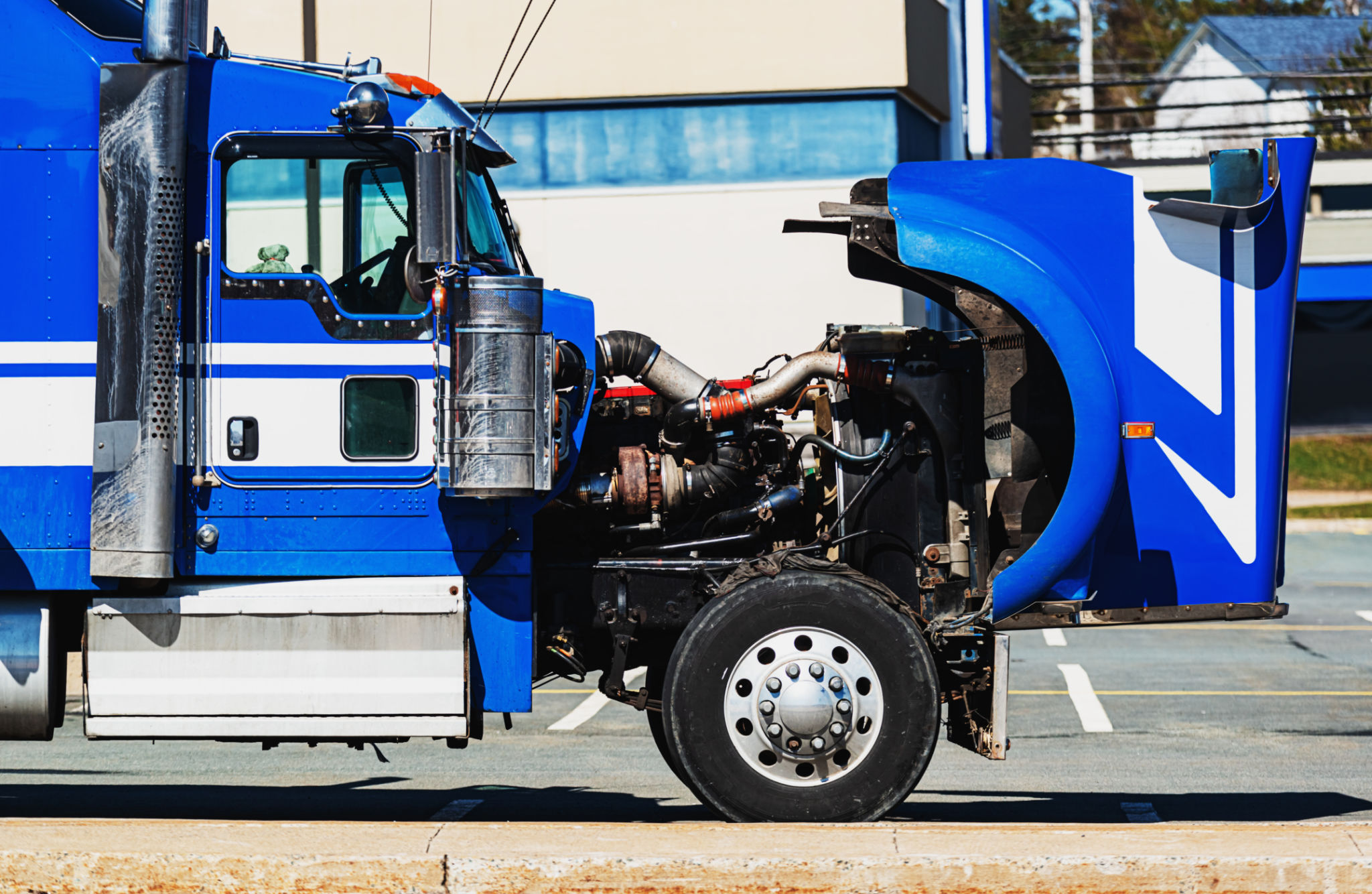Seasonal Challenges in Truck Dispatching: Preparing for Winter in New York
TJ
Understanding the Impact of Winter on Truck Dispatching
Winter in New York brings a unique set of challenges for truck dispatchers. With snow-covered roads, icy conditions, and unpredictable weather patterns, dispatchers must be well-prepared to ensure the safety and efficiency of their operations. The cold season requires a proactive approach to manage delays and maintain communication with drivers effectively. Understanding these winter-specific challenges is crucial for any dispatcher looking to keep their operations running smoothly.

Weather Forecasting and Route Planning
One of the primary concerns during winter is navigating through adverse weather conditions. Accurate weather forecasting becomes essential for planning safe and efficient routes. Dispatchers should regularly monitor weather updates and adjust routes as needed to avoid hazardous areas. The use of advanced GPS systems that provide real-time updates can greatly assist in making informed decisions about route adjustments.
Route planning should also consider potential delays due to snow removal operations or road closures. Dispatchers need to have contingency plans in place, which may include alternate routes or rescheduling deliveries to ensure timely arrivals. This proactive approach minimizes disruptions and enhances operational efficiency.
Vehicle Maintenance and Safety Checks
Winter weather takes a toll on trucks, making regular maintenance and safety checks more critical than ever. Dispatchers should ensure that all vehicles are equipped with winter-specific equipment such as snow tires and chains. Regular inspections of brakes, lights, and heating systems are necessary to maintain safe driving conditions for truck drivers.

Beyond equipment, ensuring that trucks carry essential supplies like extra blankets, first aid kits, and emergency food and water can make a significant difference in case of unexpected delays or breakdowns. Dispatchers should encourage drivers to report any issues immediately to prevent minor problems from escalating into major ones.
Effective Communication Strategies
Communication is key during the winter months. Dispatchers must maintain open lines of communication with drivers to provide updates on weather conditions, route changes, and other critical information. Utilizing technology such as mobile apps or two-way radios can enhance communication efficiency.
Regular check-ins with drivers help ensure their safety and allow dispatchers to respond promptly to any emergencies. Encouraging a culture of transparency where drivers feel comfortable reporting issues can significantly improve response times and overall safety.

Training and Preparedness
Training is an essential component of preparing for winter dispatch challenges. Drivers should receive training on how to handle their vehicles in snow and ice, as well as how to use equipment like snow chains effectively. Dispatchers themselves should be trained in emergency response protocols to handle any situation that may arise.
Preparedness also involves having a well-documented plan for dealing with extreme weather events. This plan should include details on when to delay or cancel operations, guidelines for communication with clients, and protocols for driver safety.
Conclusion: Staying Ahead of Winter Challenges
In conclusion, preparing for winter dispatching in New York requires a comprehensive approach that includes accurate weather forecasting, meticulous route planning, thorough vehicle maintenance, effective communication, and robust training programs. By taking these steps, dispatchers can minimize the impact of winter challenges on their operations and ensure the safety of their drivers.
The key is to stay proactive and adaptable, always ready to make changes as the situation demands. With the right strategies in place, truck dispatchers can navigate the winter season with confidence and efficiency.
